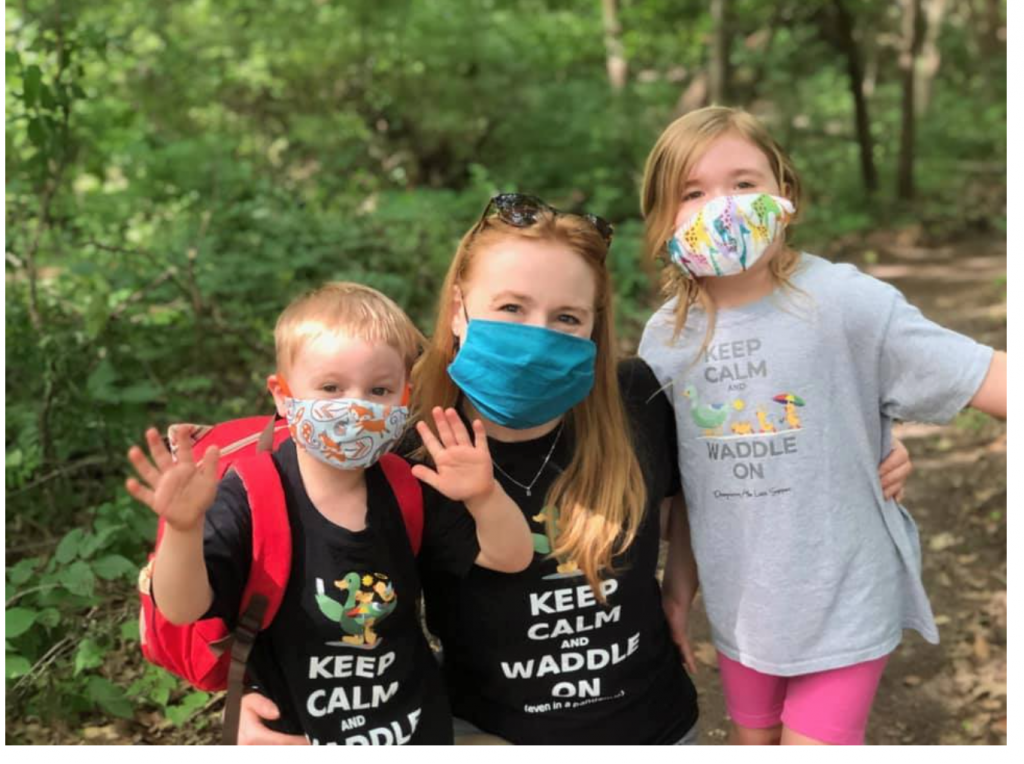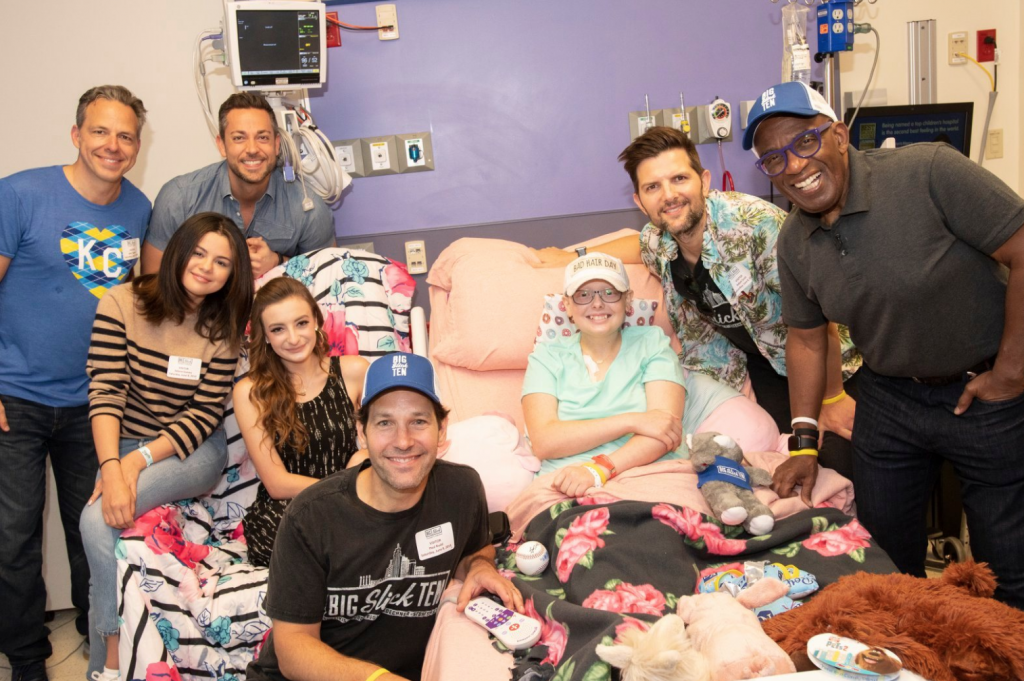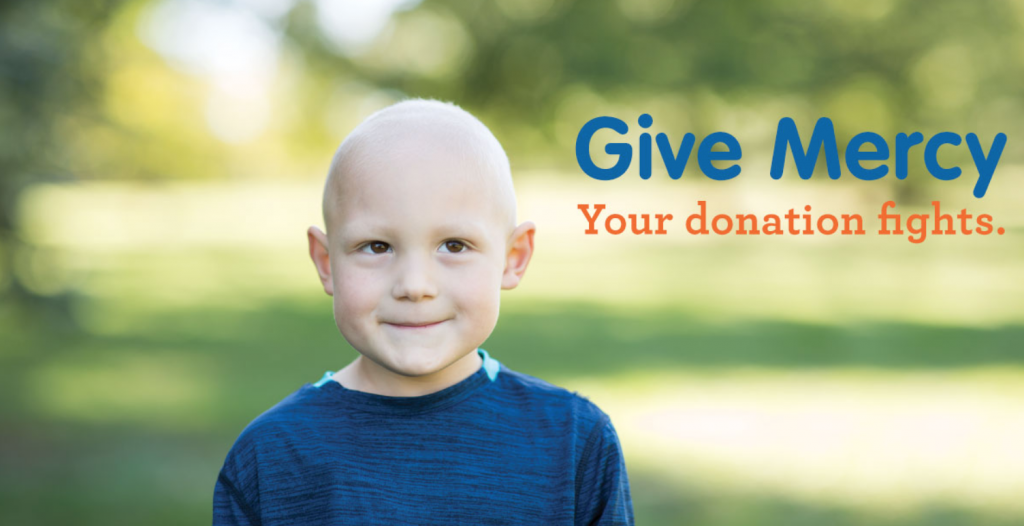Give InKind’s support pages offer assistance to those wanting to know how to be helpful to a loved one in a time of need. Here, we consider how to set up a Give InKind page for someone who has recently been diagnosed with cancer.
Getting Started
Begin with the understanding that cancer diagnosis is frightening. Resist the impulse to offer reassurances that may land, however well-intended, as platitudes. Individual paths will differ; responses to treatments will vary. We gently remind those who want to help that the best way to be effective is to double down on listening – and begin by mobilizing effective help. Ask the newly diagnosed person what they need. If it is useful, consider identifying a well-placed third party (a sister-in-law, for example), to tease out issues that may feel difficult to address (see a sample Give InKind Support Page for Someone Diagnosed With Cancer).
Care Calendar
The family situation of newly-diagnosed is a useful starting point for discussion. If the person has child/ren, the logistics of kids – even if they are older – will enter into planning. If a newly diagnosed person is working and needs to take a leave, s/he may need to make up for lost wages. If s/he is involved in the care of older parents, this reality will need to be addressed simultaneously. Use the Care Calendar to add as many actionable items that are needed to help provide care in any configuration.
- Food: Meals and groceries are always among the most popular calendar items. Providing food to people in treatment is difficult, as some treatments may cause nausea. Are prepared meals an option? If they are, think about options for safe delivery. Bear in mind that patients are often immune-compromised because of medical treatments. They may or may not be feeling well enough for visitors. Consider placing a refrigerator outside the front door of a residence or an apartment. Make sure to sanitize hands before touching handles or doorknobs, etc. If prepared meals are not an option, think about setting up a Gift Card Train that includes options for takeout so that both patient and family can make selections. As always, be mindful of any food allergies, preferences, or aversions. Make sure to ask about treatment-specific things to be considered when gifting food – there are sometimes specific dietary restrictions to factor in (such as neutropenic diet).
- Childcare: (If applicable) If a parent is receiving treatment and there are children at home, consider their obligations. Ballet? Gymnastics? This is helpful to a parent because allowing their children to continue with the things that are important to them is a salve to parent and child, both.
- Adult/Senior Care: If the patient is a member of the “Sandwich Generation” and has aging parents, it is necessary to consider them as well. Be mindful of things like checking in about prescription refills, rides to/from doctor appointments, or getting to/from religious services.
- Pet Care: (If applicable) Are there pets to care for? It may be helpful to make temporary arrangements for necessary dog walks, feedings, or pet-sitting. Don’t forget small pets too – guinea pig food refills, and etc.
- Home Services: From maintenance appointments to helping with chores around the house, use this category for any home services that they may feel like too much. In particular, consider laundry services, house cleaning, etc. Laundry, always a herculean task, is more so when someone is ill.
- Other: “Other” is the ultimate catch-all category. This is a great way to create opportunities for connection that can sometimes get lost in the shuffle of a crisis. “Other” can be used for general support such as movie nights that are fun (either remote or in-person) or other less-fun (but still necessary) things like excursions to the pharmacy to pick up a round of supplements not covered by insurance. Or the most mundane things such as car inspections, mulching a garden – these are the things that fall through the cracks in a crisis.
Fundraising
People will have different financial circumstances. Make sure to identify a person who will be able to ask about this in a gentle and non-judgmental manner. Underscore that people understand that few American households are equipped to shoulder a medical crisis. If there is such a need, simply enable the fundraising button on your Give InKind page and connect your PayPal and/or GoFundMe account.
Wishlist
The Give InKind Wishlist is another opportunity for others to meaningfully support a person receiving treatment for breast cancer. Browse Give InKind’s curated list for suggested items that could help in their unique situation. In addition to take-out, you can include other more non-traditional gift cards as well. When you see an item that could be helpful, use the “+” icon to add to their Wishlist.
You may also add an existing Amazon Wishlist to your Give InKind page.
Communication Preferences
Use Give InKind’s do-not-disturb section to let others know about the recipient’s communication preferences. Keep in mind that these preferences can be easily turned on or off as a situation changes.
- Phone Calls: Does the recipient want to communicate with others? If so, what is the best way for others to reach out – a phone call or text? Asking about preferences lets them know they are being thought of even if they aren’t always up for talking. Many people in treatment are grateful when people reach out – it means a lot even when they can’t always respond immediately.
- Visitors: Does the recipient want visitors? If so, when?
- Flowers: Is the recipient open to receiving flowers? Some people may welcome them – but there are intricacies associated with flowers that are worth asking about. People who are very immune-compromised may need to avoid bacteria present in some flowers. Fragrant flowers, no matter how lovely, may sometimes exacerbate treatment side-effects. So do not rule out – but do go ahead and ask. 😉
Updates
Add unlimited updates to keep friends and family informed. This is a great place for a designated page manager to keep family and friends up to date or for the recipient to “blog” or “journal” their experience.
Facing cancer is a frightening experience. So this is to serve as gentle encouragement and a way to offer help without feeling intrusive. People will advise you of the parameters of their comfort level in terms of support. In any circumstance, they deeply appreciate offers of assistance. Create your Give InKind Support Page here.
If you have any further questions, visit Give InKind’s Help Center or view our helpful articles about how to support people coping with a cancer diagnosis.


